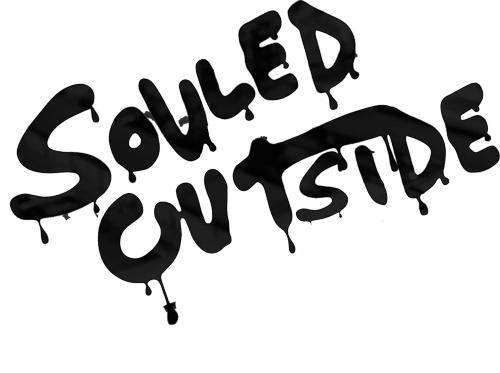NADI, Fiji— Prop wash and rotor blades ricochet away from Fiji’s international airport.
5,500 miles from Los Angeles, Fiji International’s ribbon of tarmac is an asphalt oasis on the never-ending blue backdrop of the South Pacific Ocean. The runway itself is a relic of the Second World War. Once a perennial stopover for Pan-Am flights in the glory days of trans-Pacific, propeller-powered travel, it’s now scratching out a living as a modernized alternative to Honolulu. And after more than 48 hours of travel from Memphis, I’ve arrived here with a broken laptop, a battered sleep schedule, and a six dollar wireless keyboard that’s allowing me to type on an old iPad.

Getting here has been a bear. A missed connection to LAX stranded us in Denver and set us a day behind schedule. Mercifully, Souled Out veterans and perennial Colorado co-hosts James and Ellie saved the delay from becoming a disaster by once again opening their doors to a vagabond with a backpack.
24 hours after our first flight to LAX departed, we finally made it to the City of Angels in time to depart for Fiji.
As our modern, 11-hour flight from Los Angeles landed this morning, the twilight before dawn gave way to a landscape straight from the pages of Jules Verne. Fiji is 20,000 Leagues Under the Sea meets Jurassic Park—only the monsters most likely to devour you here are the lingering remnants of the islands former culture of cannibalism. They say the last person was eaten here in the late 1900s, but even that feels a little close for comfort.
Some legends never die.
In the South Pacific, we’re chasing the shadows of another legend—pioneering undersea explorer Jacques Cousteau. It’s here that his son, Jean-Michel, lends his namesake to Fiji’s most environmentally conscious tourist retreat on its northern island of Vanua Levu; it’s there that I’ll sequester for the next four days in an attempt to discover if Fiji truly is a travel alternative to Hawaii, to explore the effects of climate change on this delicate stretch of land, and to find what secrets still remain on the islands that once struck fear in the hearts of sailors.
Joining me on the voyage is adventurer, casual photographer, patient girlfriend and reluctant model Leni Stoeva. Together, we’ll seek to answer questions about Fiji that few may have thought to ask.
And, of course, we’ll drink plenty of local water. First things first.

Before setting off, the thought occurred to me that this journey is all rooted in the original Souled Outside voyage, one where I set off across the country without enough gas money to fully get across, and really only a tent and a fool’s dream to keep me warm at night. In the short months since that trip ended in the fall of 2016, its records, images, and mission have brought my words to wider audiences at Travel Channel and National Geographic.
And if those lofty names aren’t bewildering enough, Souled Outside seems to also have captured the curiousity of the name Cousteau.
I don’t know how either. But I know it started with the people like you who are reading this blog.
On Vanua Levu, our jet-lagged party of two limped into Jean-Michel Cousteau’s bar. A thatched roof of dried brown leaves hung over the thick timber framing its walls, and a seasoned mariner hailed us for a drink. He was Don Santee, the Cousteau family’s dive master of 45 years, and he was telling us to come dive.











